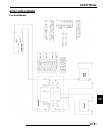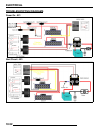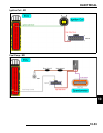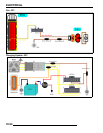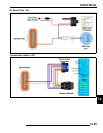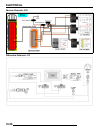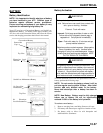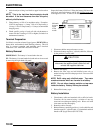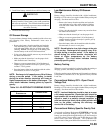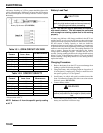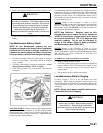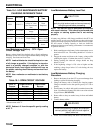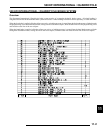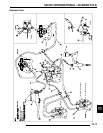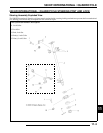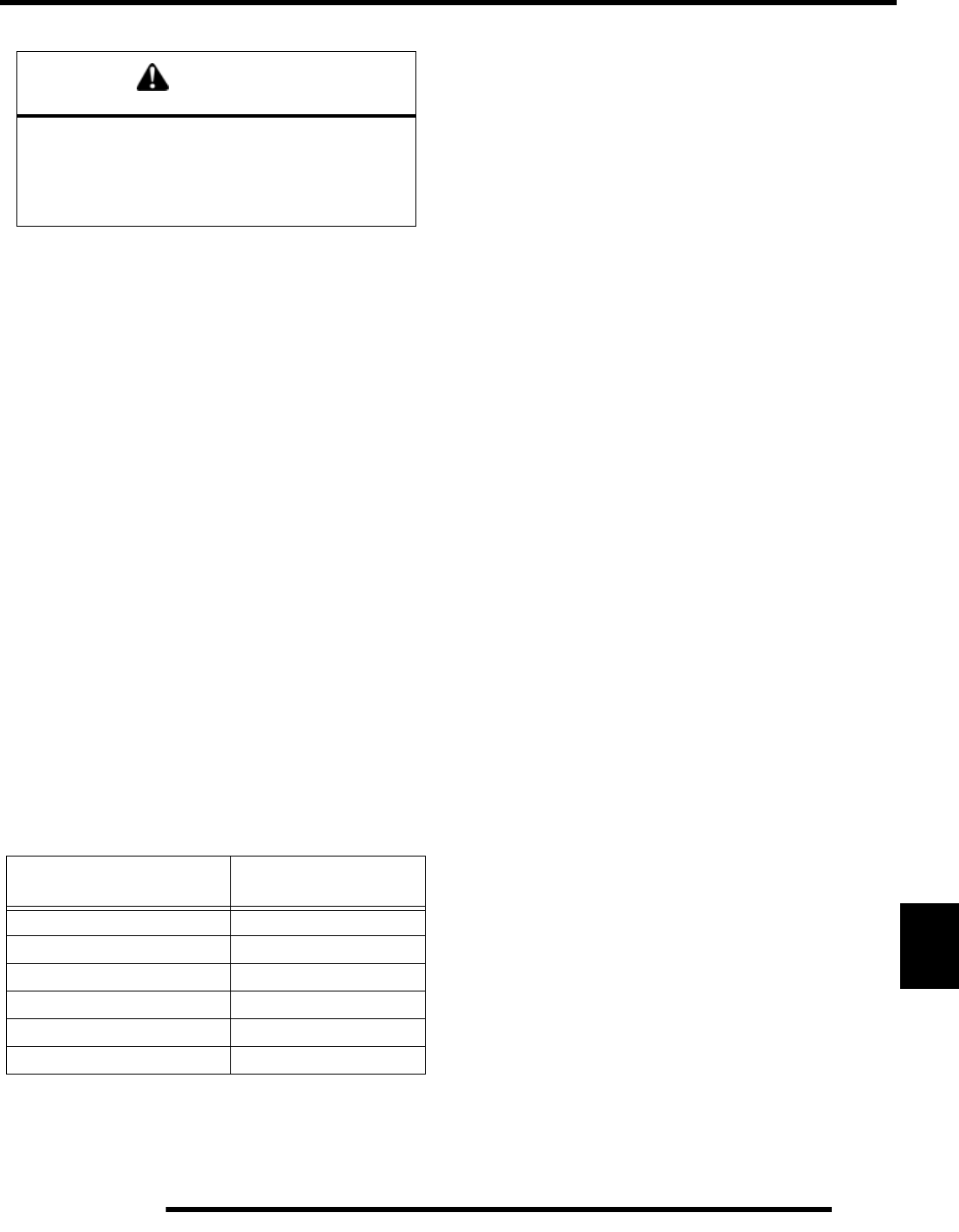
10.59
ELECTRICAL
10
4. Install clear battery vent tube from vehicle to battery vent.
5. Reinstall the holder strap.
Off Season Storage
To prevent battery damage during extended periods of non-use,
the following basic battery maintenance items must be
performed:
• Remove the battery from the machine and wash the
case and battery tray with a mild solution of baking
soda and water. Rinse with lots of fresh water after
cleaning. NOTE: Do not get any of the baking soda
into the battery or the acid will be neutralized.
• Using a wire brush or knife, remove any corrosion from
the cables and terminals.
• Make sure that the electrolyte is at the proper level.
Add distilled water if necessary.
• Charge at a rate no greater than 1/10 of the battery's
amp/hr capacity until the electrolyte's specific gravity
reaches 1.270 or greater.
• Store the battery either in the machine with the cables
disconnected, or store in a cool place.
NOTE: Recharge to full capacity every 30 to 60 days
during a non-use period. If the battery is stored
during the winter months, electrolyte will freeze at
higher temperatures as the battery discharges. The
chart below indicates freezing points by specific
gravity.
Low Maintenance Battery Off-Season
Storage
Battery voltage should be checked with a digital multitester.
Readings of 12.8 volts or less require further battery testing and
charging. See charts and Load Test.
• Remove the battery from the machine and wash the
case and battery tray with a mild solution of baking
soda and water. Rinse with lots of fresh water after
cleaning.
• Using a wire brush or knife, remove any corrosion from
the cables and terminals.
• Make sure that the electrolyte is at the proper level.
• Charge at a rate no greater than 1/10 of the battery's
amp/hr capacity until the electrolyte's specific gravity
reaches 1.270 or greater.
• Store the battery either in the machine with the cables
disconnected, or store in a cool place.
NOTE: Stored batteries lose their charge at the rate
of 1% per day. Recharge to full capacity every 30 to
60 days during a non-use period. If the battery is
stored during the winter months, electrolyte will
freeze at higher temperatures as the battery
discharges. The chart below indicates freezing
points by specific gravity.
Battery Testing
Whenever a service complaint is related to either the starting or
charging systems, the battery should be checked first.
Following are three tests which can easily be made on a battery
to determine its condition: OCV Test, Specific Gravity Test and
Load Test.
Conventional Battery OCV - Open Circuit
Voltage Test
Battery voltage should be checked with a digital multitester.
Readings of 12.6 volts or less require further battery testing and
charging. See charts and Load Test below.
NOTE: Lead-acid batteries should be kept at or near
a full charge as possible. Electrolyte level should be
kept between the low and full marks. If the battery is
stored or used in a partially charged condition, or
with low electrolyte levels, hard crystal sulfation will
form on the plates, reducing the efficiency and
service life of the battery.
Conventional Battery Specific Gravity Test
A tool such as a Battery Hydrometer (PN 2870836) can be used
to measure electrolyte strength or specific gravity. As the
battery goes through the charge/discharge cycle, the electrolyte
goes from a heavy (more acidic) state at full charge to a light
(more water) state when discharged. The hydrometer can
measure state of charge and differences between cells in a multi-
WARNING
Vent tube must be free from obstructions and kinks and
securely installed. If not, battery gases could accumulate
and cause an explosion. The vent tube should be routed
away from frame and body to prevent contact with Route
the cables correctly.
Table 10-1: ELECTROLYTE FREEZING POINTS
SPECIFIC GRAVITY OF
E
LECTROLYTE
FREEZING POINT
1.265
-75
F
1.225
-35
F
1.200
-17
F
1.150
+5
F
1.100
+18
F
1.050
+27
F



